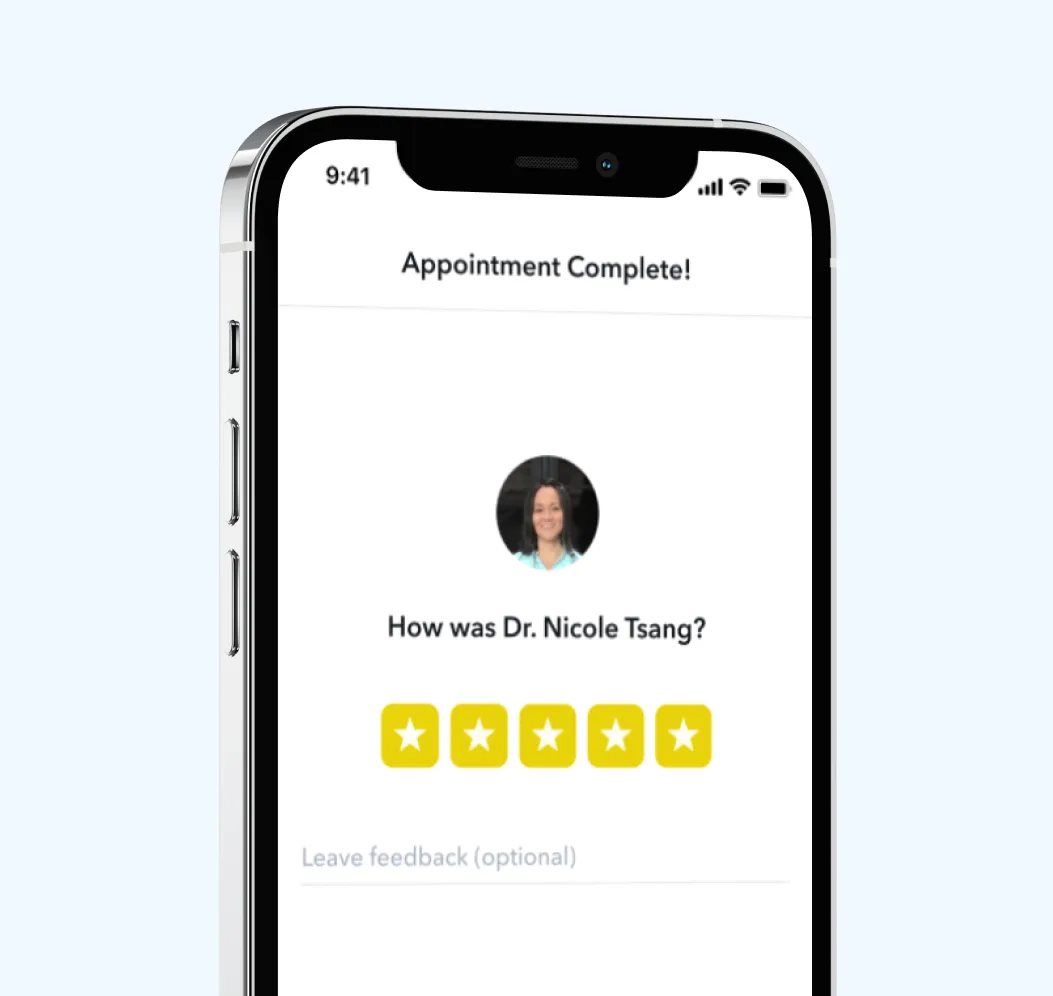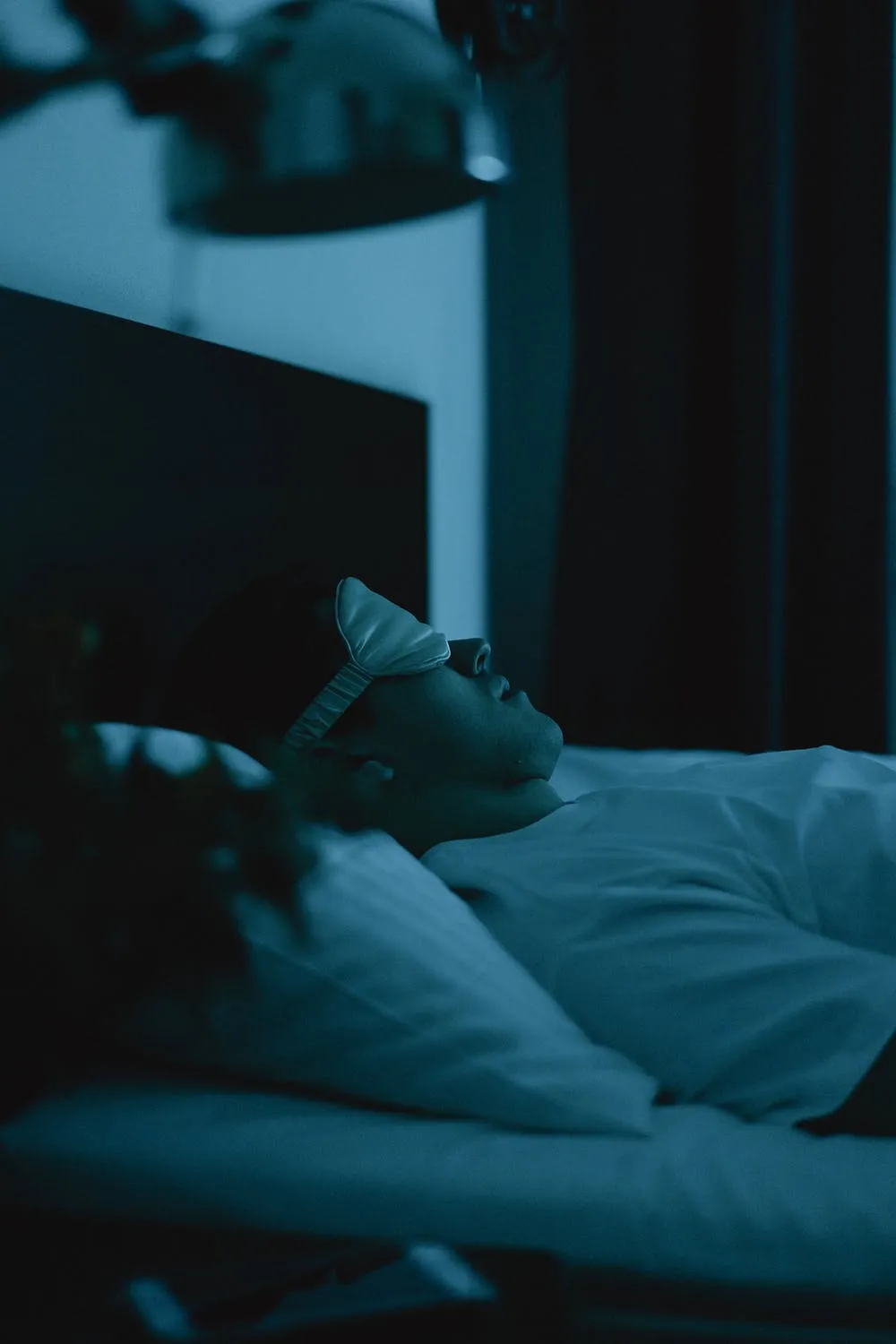All posts
What Does ADHD Look Like in Women

Circle Medical Staff
May 12, 2023
7 mins

If you’re struggling with ADHD symptoms or if you suspect you may have ADHD, it’s a good idea to speak with your primary care provider. A primary care provider at Circle Medical allows you to get evaluated for ADHD from the comfort of your home. Our providers can diagnose, plan treatment and even prescribe medication when medically appropriate.
But what does ADHD look like in women? Why does it go undiagnosed and how does it differ from ADHD in men? In this blog, we’ll be breaking down the differences so you know what to look for. Read on to learn more or book your same-day intake appointment with Circle Medical today.
How common is ADHD in women?
Previously, ADHD was a condition that was thought to primarily affect boys and men, but ADHD can be just as prevalent amongst women. Studies from the CDC indicate that boys are over twice as likely to be diagnosed with ADHD, with 12.9% of men diagnosed vs 5.6% of women.
It’s important to note this discrepancy isn’t necessarily due to women being less likely to have ADHD. There have been unfortunate social stigmas associated with ADHD in women and women typically present different symptoms that may be harder to notice.
Women with ADHD typically experience inattentive ADHD whereas men have more impulsive, disruptive and hyperactive behaviors. Women with ADHD may have difficulty paying attention or focusing, leading to misdiagnosis or women avoiding going to the doctor for symptoms altogether.
In recent years, there has been more awareness raised around this issue, but health care providers and patients need to be aware of these differences. This can help provide more accurate diagnoses for women who are suffering from ADHD. If you suspect you have symptoms, you mustn’t feel uncomfortable reaching out to your doctor. Let’s dive into what those symptoms may look like.
What are the symptoms of Attention Deficit Disorder in women?
Attention Deficit Disorder or Attention Deficit Hyperactivity Disorder may present differently in women than it does in men.. As mentioned, boys will typically display hyperactive and disruptive behavior, making symptoms easier to recognize. The symptoms for women and girls aren’t always as externally noticeable.
Common symptoms of ADHD in women and girls may include:
- Difficulty focusing or staying on task
- Easily distracted by irrelevant stimuli
- Poor organizational skills
- Difficulty with time management
- Trouble completing tasks
- Difficulty following instructions
- Poor academic performance
- Low self-esteem or confidence issues
- Low motivation or drive
- Depression or anxiety
- Low energy levels or fatigue
- Impulsiveness or poor judgment
- Relationship problems
- Verbal aggression
- Substance use or addiction
It is important to note that not all women will have all of the above symptoms. Some may only have one or two symptoms while others may have many. If you’re experiencing one or more of these symptoms and if these symptoms are affecting your daily life, it’s worth speaking to a medical professional. Even if the symptoms aren’t caused by ADHD, it’s better to find out what’s causing your symptoms than deal with them and let them add discomfort or problems to your life. It is also important to keep in mind that these symptoms can overlap with other mental health disorders, so it is important to seek a professional opinion when determining whether you may have ADHD so you can get the best care and treatment possible.
Why do women present differently than men for ADHD?
There are several reasons that women may present symptoms differently than men. Studies indicate that women may present differently because of societal expectations, hormone changes and other factors.
Societal and gender-role expectations can be especially harmful to women with ADHD who may have trouble managing these expectations with their symptoms. These stereotypes and expectations often lead to women masking or camouflaging their symptoms. It may also cause symptoms to worsen or lead to other mental health issues when they have trouble feeling socially accepted.
Changing hormones may also play a role in how ADHD symptoms present in women. While ADHD is sometimes thought to be a relatively stable condition with symptoms being consistent over time (untreated), hormone changes throughout life may worsen symptoms for women with ADHD. Estrogen changes every month and throughout a woman’s lifetime, which can sometimes exacerbate ADHD symptoms.
Women with ADHD may also struggle more with issues like socializing, central nervous system hypersensitivities, comorbid disorders and symptoms of impulsivity when compared to men.
It’s important to note that ADHD is a spectrum disorder and that symptoms and presentations can vary from woman to woman. Again, this is why ADHD diagnosis can be difficult. Let’s take a look at some of the main factors for why women with ADHD go undiagnosed.
Why can it be difficult to get diagnosed?
Since ADHD is such a complex condition and symptoms vary for women, it can cause several obstacles to diagnosis. These obstacles may include:
- Gender bias — The diagnosis criteria and research for ADHD were historically more focused on boys and men. The good news is that this is changing and awareness is becoming more prevalent in the medical community, but this obstacle is still present.
- Co-occurring conditions — Women may experience anxiety, sleep disorders, eating disorders and other mood disorders that can mask the symptoms of ADHD. Since many of these conditions share some symptoms of ADHD, these conditions are diagnosed while ADHD is missed.
- Gender-role expectations — Cultural expectations of women in many societies have commonly placed women in the role of ‘caretaker’, where they’re expected to balance their internal life, family, work and home with ease. These pressures can be difficult to manage with symptoms of ADHD, causing women with ADHD to feel shame and mask symptoms instead of getting diagnosed. Historically, some of the symptoms of ADHD in women have also been dismissed as “stress” or personality traits. This fear of judgment and the social stigma that has surrounded ADHD in women has long been a barrier to diagnosis and treatment.
- Inattentive symptoms — Finally, as mentioned, women typically present inattentive ADHD symptoms. While boys and men will typically act out and have more externally obvious symptoms, women’s symptoms tend to be internalized and harder to immediately notice. This makes it easier for boys and men to get diagnosed, especially when the aforementioned gender bias diagnosis criteria are the more prevalent system for detecting ADHD.
The combination of these factors and other factors has made it uncomfortable and difficult for women to seek treatment for ADHD. It’s important to raise awareness that ADHD is a condition that can occur in anyone and that no one should be afraid to speak to their doctor about symptoms they’re experiencing.
ADHD can affect your relationships, your social life, your work, your school and your daily life. Getting treatment can make a huge difference in improving your quality of life and alleviating these symptoms. If you’re a woman with ADHD, make sure to choose a primary care doctor that cares about your concerns and who will do a thorough evaluation to determine if you’re suffering from ADHD.
Can you get treatment online?
For most people, heading to the doctor in person can be inconvenient and uncomfortable. Fortunately, you can now get treatment for ADHD through board-certified online medical providers. You can save time and also get diagnosed from the comfort of your own home. Not only that, but you can get ongoing treatment through your online provider as well.
If you’re someone who feels like you’re experiencing symptoms of ADHD, you can schedule an appointment with Circle Medical to get comprehensive care from a provider who understands and cares about your needs. If online care sounds preferable to you, then Circle Medical is your solution.
Talk to a Telehealth Doctor Today
Online ADHD treatment can be the most convenient way to get the care you need. When you choose Circle Medical as your provider, here is a breakdown of what you can expect from ADHD appointments, diagnosis and treatment:
- Book an appointment online — First, you simply need to book your appointment online. You’ll enter your state of residence, choose a time and confirm your insurance. We will provide you with estimated costs before you finalize.
- Download the app — Download our convenient app after booking to finalize some documents. This app will be your portal to appointments, ongoing care, treatment plans and much more.
- Complete your first appointment — When your first appointment arrives, you will receive a link to a video call with your provider. If you are a good candidate for care and your provider thinks ADHD is the likely diagnosis, you will schedule your second ADHD appointment.
- Prepare for your second appointment — Your second ADHD appointment will finalize your diagnosis, and your doctor will discuss your treatment plan for you. Treatment for ADHD will often include lifestyle changes, counseling, skill training and more. If deemed medically appropriate, your provider may prescribe ADHD medication. In this case, you will need to have an Annual Wellness Exam or provide proof you’ve had an exam within the past 12 months.
- Complete your second appointment and start treatment — After your annual physical exam (or proof of one) and your second ADHD appointment are complete, you can begin your ADHD treatment plan if diagnosed with ADHD. If medication is part of your treatment plan, and you are prescribed a clinically-approved ADHD treatment, then monthly follow ups would be required.
- Continue care through Circle Medical — You can manage regular follow-ups by booking and rescheduling your appointments through the app. If you have questions or need to contact your provider, use our in-app chat to message your care team. Circle Medical is here to make things as easy as possible!
Get Treatment with Circle Medical
Circle Medical is a fully-licensed medical care practice with over 200 board-certified providers that offer annual checkups, on-demand video appointments, specialist referrals and more. Your treatment doesn’t have to stop with just ADHD. You can use Circle Medical for numerous conditions and medical care.
Seeking treatment and diagnosis for conditions like ADHD can be intimidating and overwhelming, but it doesn’t have to be with Circle Medical. Our online process takes much of the stress and uncertainty out of seeking care. Simply book your appointment and talk to your provider from the comfort of your home. Circle Medical also offers same-day appointments, so you don’t have to wait weeks or months to get in to see a provider. Schedule your same-day appointment with Circle Medical today to get started!
Circle Medical Providers must meet all of the following standards:
-
Exceptionally qualified in their field
-
Board-certified
-
Deeply empathetic for patients
-
Follows evidence-based care guidelines
-
Embracing of diverse patient backgrounds
-
Impeccable record of previous care
400+ Primary Care Providers.
100% Confidence.
No matter which Provider you choose, you will be seen by a clinician who cares deeply about your health and wants to help you live your happiest, healthiest life.
Circle Medical Providers are held to an exceptionally high standard of compassionate, evidence-based care.
Book Appointment

